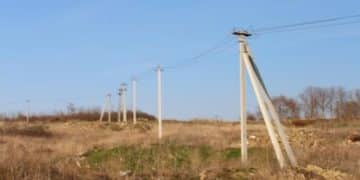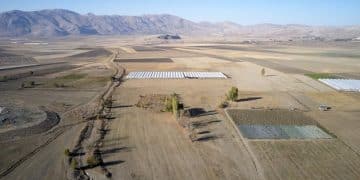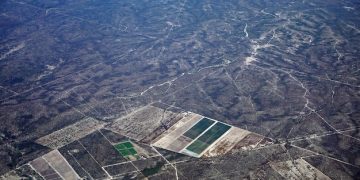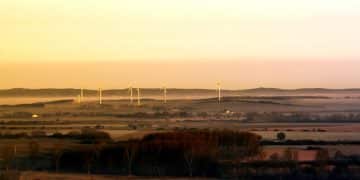US energy consumption trends: what’s changing in 2023
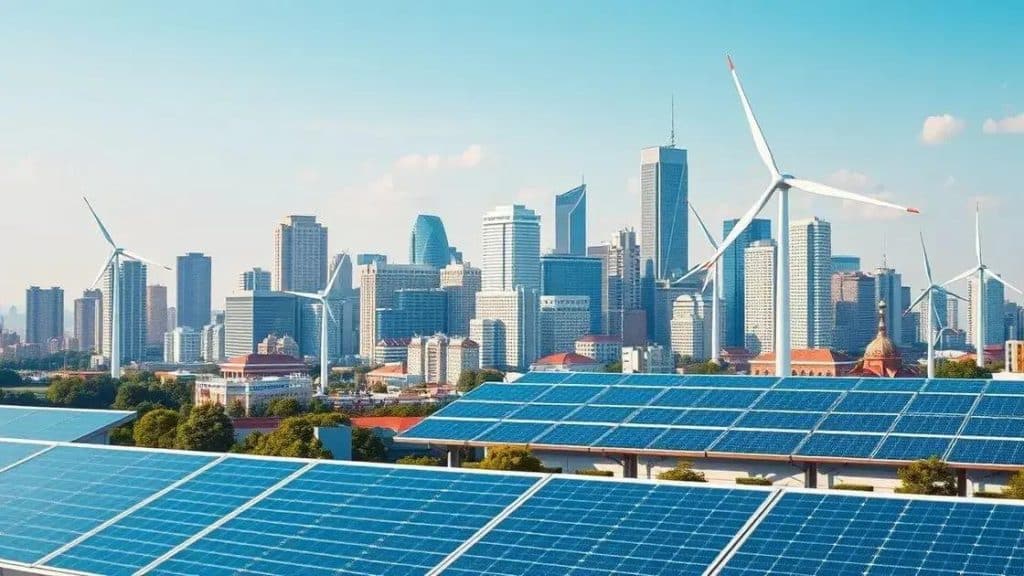
US energy consumption trends are shifting towards renewable energy sources, electric vehicles, and improved energy efficiency, resulting in a cleaner and more sustainable energy landscape for the future.
US energy consumption trends are at the forefront of discussions about sustainability and innovation. Have you noticed how energy usage in households and industries is evolving? Let’s dig into what these trends mean for us.
Overview of current US energy consumption
The overview of current US energy consumption reveals significant shifts in how energy is generated and used. As trends evolve, understanding these changes can help us make informed decisions and adapt to new realities.
Current Energy Sources
The US primarily relies on a mix of energy sources to meet consumption needs. This energy mix includes fossil fuels, nuclear energy, and renewables. In recent years, there has been a noticeable increase in the use of renewable energy sources.
- Natural Gas
- Coal
- Nuclear Power
- Renewable Energy Sources (solar, wind, hydro)
Over the past decade, the growth of renewable energy is remarkable. Solar and wind energy have become more affordable and accessible, contributing to a cleaner energy landscape. As technologies improve, we see a trend toward decreasing reliance on carbon-heavy fossil fuels.
Energy Consumption by Sector
Energy usage in the US can be categorized into several sectors: residential, commercial, industrial, and transportation. Each sector has unique consumption patterns influenced by a variety of factors.
- Residential: Dominated by electricity for heating, cooling, and appliances.
- Commercial: A significant portion is used for lighting and HVAC systems.
- Industrial: Heavy industries require substantial energy for manufacturing processes.
- Transportation: Gasoline and diesel are primary energy sources, though electric vehicles are on the rise.
Understanding these patterns helps us identify opportunities for improving energy efficiency and reducing consumption overall. For instance, promoting energy-efficient appliances can lead to lower consumption in the residential sector. Overall, the emphasis on sustainability is influencing energy choices across all sectors.
Key factors driving changes in energy use
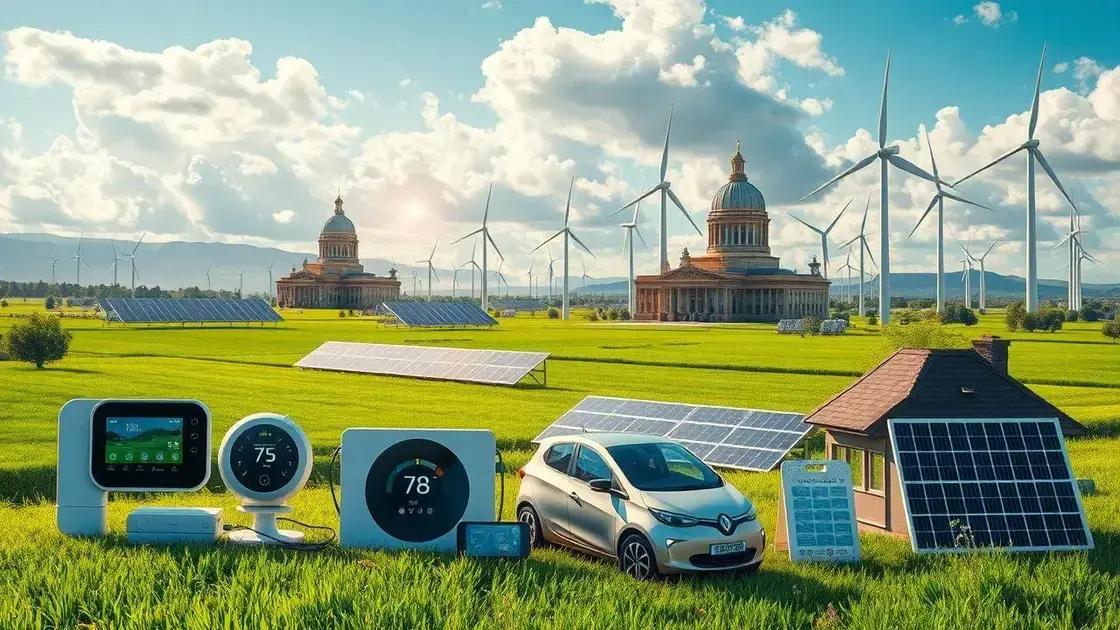
Understanding the key factors driving changes in energy use helps clarify the evolving landscape of energy consumption. Several influences are reshaping how individuals and businesses use energy.
Technological Advancements
New technologies are leading to more efficient energy use. For example, smart appliances and energy management systems help optimize consumption in homes and offices. These innovations contribute to lower energy bills and reduce waste.
- Smart meters for real-time energy monitoring
- Energy-efficient HVAC systems
- Advanced renewable energy technologies
- Electric vehicles and charging infrastructure
Moreover, the rise of electric vehicles is changing the transportation sector’s energy needs. This shift promotes a broader adoption of renewable energy sources, which are becoming increasingly integrated into the grid.
Legislative Changes and Policies
Government regulations play a crucial role in shaping energy consumption patterns. Policies aimed at reducing carbon emissions encourage the use of cleaner energy sources. Incentives for renewable energy adoption, efficiency standards for appliances, and emissions regulations drive shifts in both individual and industrial energy consumption.
- Tax credits for solar and wind energy installations
- Fuel economy standards for vehicles
- Incentives for energy-efficient retrofits in buildings
- Renewable Portfolio Standards (RPS)
Consumer awareness is also increasing. More people are concerned about their carbon footprint and seek energy-efficient products. This awareness encourages manufacturers to produce greener options, further driving the shift towards sustainable energy use. As consumers become more educated about the benefits of renewable energy, their choices influence market trends.
The role of renewable energy in the US
The role of renewable energy in the US is becoming increasingly important as the country seeks to reduce its carbon footprint. More people are turning to clean energy sources, and this shift is influencing everything from policy to daily consumption.
Types of Renewable Energy
There are several key types of renewable energy that are making a significant impact in the US. Each source has its unique advantages and contributions to the energy landscape.
- Solar Energy: Captured through solar panels, it has become one of the fastest-growing energy sources in the country.
- Wind Energy: Generated by wind turbines, it has seen major investments, particularly in rural areas where wind is plentiful.
- Hydroelectric Power: Utilizes flowing water to generate electricity and remains a stable source for many regions.
- Biomass and Geothermal: Offer alternative options for power generation focusing on sustainability.
The increase in renewable energy usage is not just a trend; it reflects a growing acceptance of sustainability. Many states are adopting renewable energy standards, encouraging utilities to incorporate cleaner sources into their portfolios. This shift also creates jobs in installation and maintenance, promoting economic growth.
Environmental Impact
Renewable energy sources significantly lower greenhouse gas emissions compared to fossil fuels. By reducing reliance on coal and oil, the US can combat climate change more effectively. Communities are realizing that adopting renewable energy can improve air quality and overall public health.
Furthermore, as technology continues to advance, the efficiency of renewable energy systems improves. Innovations in energy storage and grid management are paving the way for a more reliable energy future. This allows for better integration of renewables into the existing power grid, ensuring that energy supply remains stable even when relying on intermittent sources like solar and wind.
Future predictions for US energy consumption
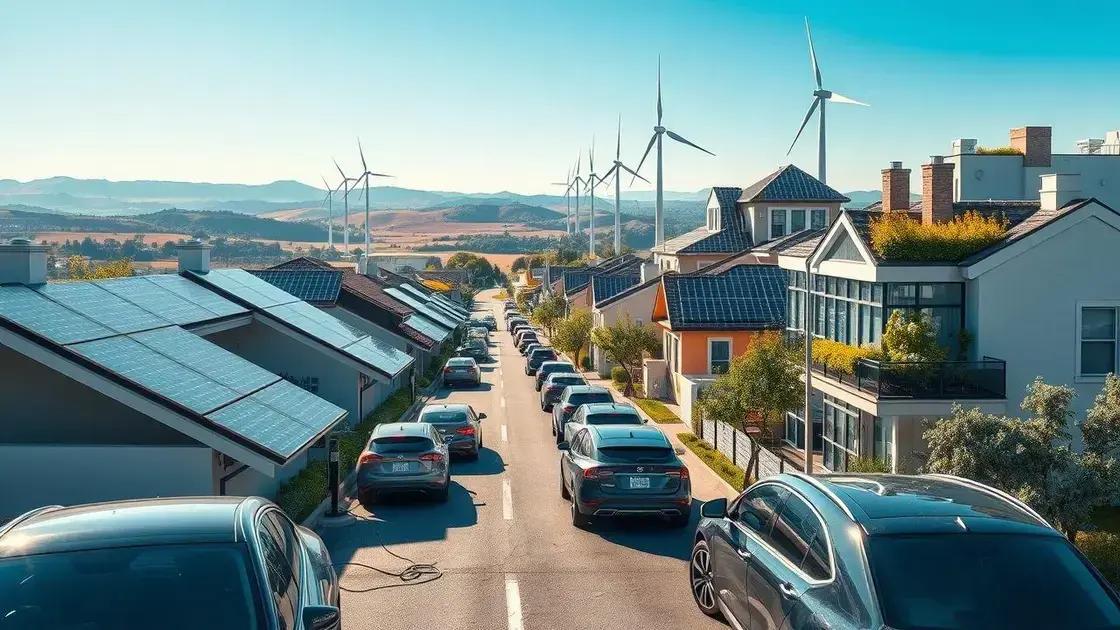
Future predictions for US energy consumption indicate a significant transition towards sustainability and efficiency. Understanding these trends helps us prepare for a changing energy landscape.
Increased Adoption of Renewable Energy
As technology advances, we expect a greater reliance on renewable energy sources. Solar and wind energy will likely dominate the energy mix, driven by decreasing costs and technological improvements. With clearer policies and incentives, more households and businesses will invest in these energy sources.
- Rooftop solar installations will become standard in many homes.
- Offshore wind farms will generate power for coastal cities.
- Batteries will store solar energy for use when the sun isn’t shining.
- Smart grid technology will optimize energy distribution.
These developments will produce cleaner energy, reduce carbon emissions, and enhance energy independence.
Electric Vehicles and Transportation Changes
The shift towards electric vehicles (EVs) is expected to accelerate. By 2030, EVs could account for a significant portion of new car sales. This change will affect energy consumption, as charging infrastructure develops more rapidly across the country.
Additionally, public transportation will evolve, incorporating more electric and hybrid options. These transformations will not only lower gasoline consumption but also help cities manage air quality better.
Improved Energy Efficiency
Future predictions reveal a continuous push for energy efficiency. Appliances, buildings, and factories are becoming more efficient, leading to decreased energy demand.
- New energy codes will promote sustainable building practices.
- Energy-efficient appliances will dominate the market.
- Industries will adopt advanced technologies to reduce waste.
- Smart technologies will automate energy savings in households.
As communities embrace efficiency, overall energy consumption will trend downward, even as population and economic growth continue.
FAQ – Frequently Asked Questions about US Energy Consumption Trends
Why is renewable energy important for the future?
Renewable energy is crucial for reducing greenhouse gas emissions and combating climate change. It promotes a sustainable energy landscape.
How are electric vehicles changing energy consumption?
Electric vehicles are reducing gasoline consumption by using electricity as a power source. This shift towards EVs is significant for decreasing carbon footprints.
What role does energy efficiency play in reducing energy demand?
Improving energy efficiency helps lower overall energy consumption by optimizing appliances and systems, which reduces waste and costs.
How can consumers contribute to a cleaner energy future?
Consumers can contribute by adopting renewable energy solutions, using energy-efficient products, and supporting policies that promote sustainability.
